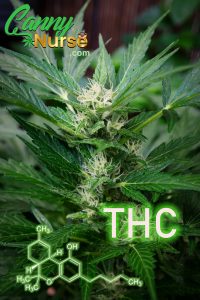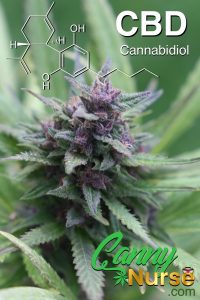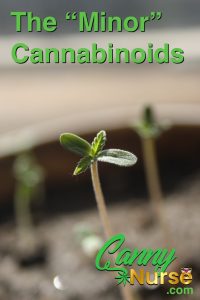CBD is quickly becoming a favored medicinal substance due to it’s non-intoxicating effects. It is found in the same plant as THC (cannabis) as well as industrial hemp. While most people find its benefits are enhanced when combined with THC, terpenes, and other phytocannabinoids (i.e. “the entourage effect”), it can be used as an isolate (meaning an isolated chemical substance that is extracted from the plant and then put in a carrier oil).
Not all CBD is created equal however, and there are well-documented problems with products being mislabeled or containing contaminants such as heavy metals, pesticides, etc.. (Problems were found in products sold both online & in stores.)
Scientifically-validated Benefits of CBD Include:
- analgesic
- anti-inflammatory
- 100s of times more anti-inflammatory than aspirin
- antidepressant
- antiemetic
- anticonvulsant
- anxiolytic
- cytotoxic in breast CA
- cytoprotective in normal cells
- decreased risk of stroke
- improved cognition
- modulates adverse effects of THC (anxiety/ tachycardia/ hunger/ sedation)
- neuroprotective antioxidant
- powerful activity against MRSA
- “CBD appears to attenuate some of these negative side effects of THC when the CBD:THC ratio is at least 8:1 (± 11.1), but may potentiate some of the THC side effects when the CBD:THC ratio is around 2:1” (Baron et al., 2018)
References:
Baron, E. P., Lucas, P., Eades, J., & Hogue, O. (2018). Patterns of medicinal cannabis use, strain analysis, and substitution effect among patients with migraine, headache, arthritis, and chronic pain in a medicinal cannabis cohort. The Journal of Headache and Pain, 19(1), https://doi.org/10.1186/s10194-018-0862-2
Russo, E. B. (2011). Taming THC: potential cannabis synergy and phytocannabinoid-terpenoid entourage effects. British Journal of Pharmacology, 163(7), 1344–1364. https://doi.org/10.1111/j.1476-5381.2011.01238.x
Additional Resources:



